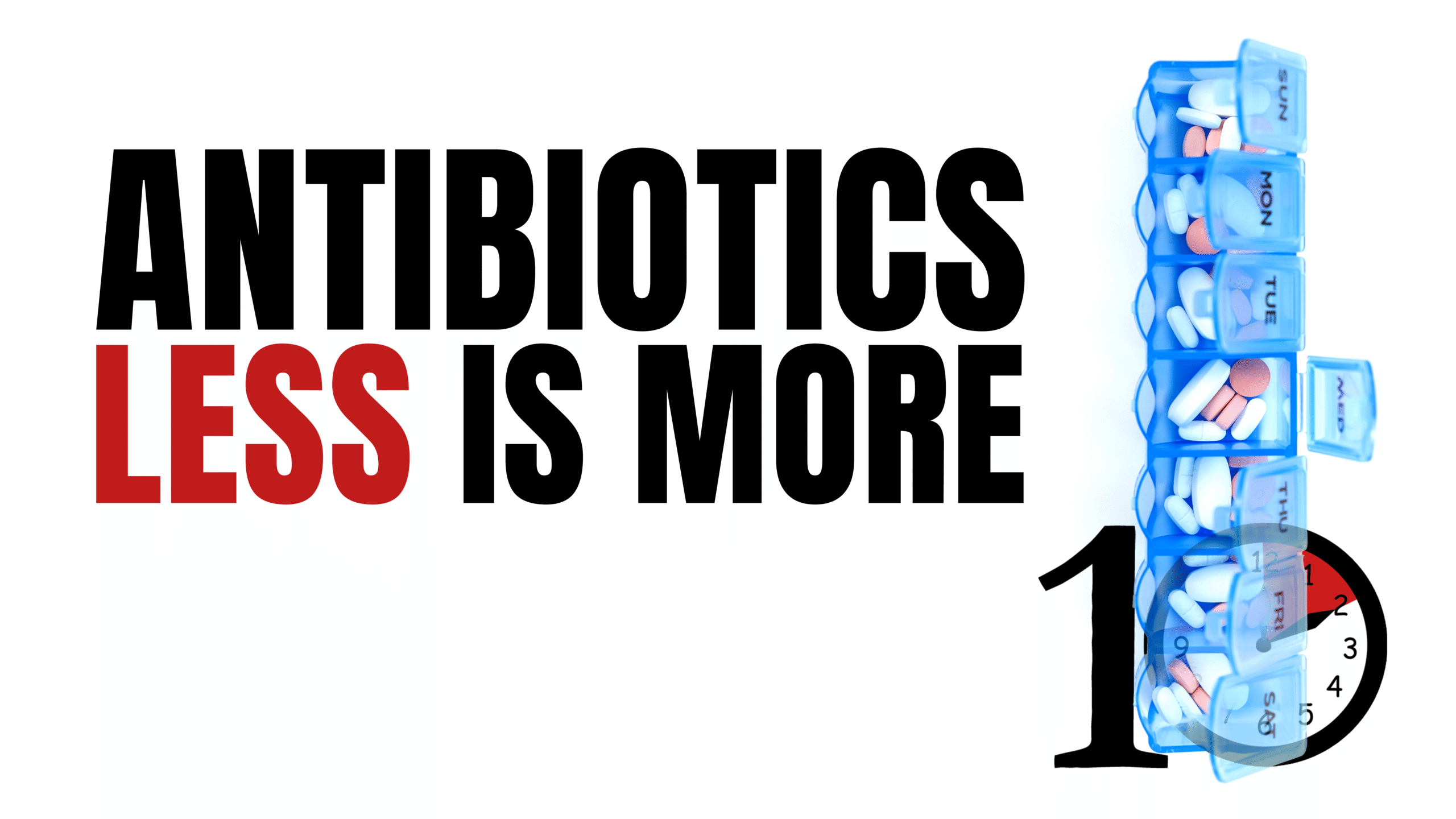So there is a contentious debate in the nephrology world regarding the safe rates of correction of hyponatremia. For at least a decade, in chronic hyponatremia, slow has been the watch word. Now in addition to questions as to whether that actually prevents osmotic deymelination, there have been a number of papers published showing an association with slower correction rates and increased mortality. None of this evidence is from high-quality RCTs unfortunately. To shed light on this issue, I brought on the KidneyBoy, Joel Topf, MD.
Joel Topf, MD
Joel Topf is a nephrologist in Detroit working for St Clair Specialty Physicians. He is faculty for the Nephrology Fellowship at St John Providence.
SR MA on Hyponatremia Correction Rates
Ayus et al. Systematic Review on Hyponatremia Correction Rates
KidneyBoy’s Recs based on Current Evidence
Note: vet these recs with your own nephrology service before using!!
Stern et al Hyponatremia treatment guidelines
A counter-point from Stern et al.
European Guidelines
- 1.Spasovski G Vanholder R Allolio B, . Clinical practice guideline on diagnosis and treatment of hyponatraemia. Nephrol Dial Transplant. 2014;29(suppl 2):i1–i39. doi: 10.1093/ndt/gfu040. [DOI] [PubMed] [Google Scholar]
- 2.Verbalis JG Goldsmith SR Greenberg A, . Diagnosis, evaluation, and treatment of hyponatremia: expert panel recommendations. Am J Med. 2013;126(10 suppl 1):S1–S42. doi: 10.1016/j.amjmed.2013.07.006. [DOI] [PubMed] [Google Scholar]

Response to the Macmillion paper
Other Discussions in the FOAM World
More on EMCrit
Additional New Information
You Need an EMCrit Membership to see this content. Login here if you already have one.












